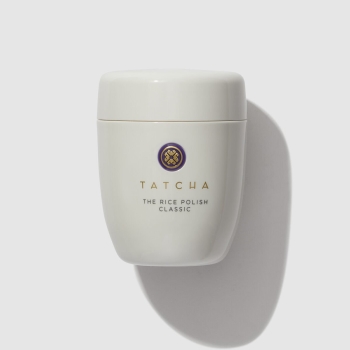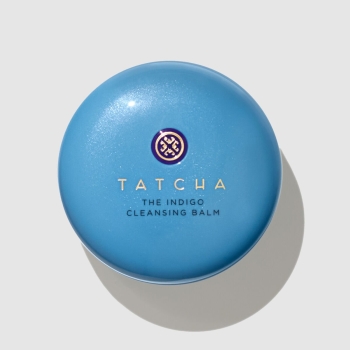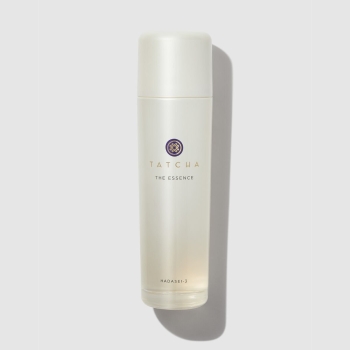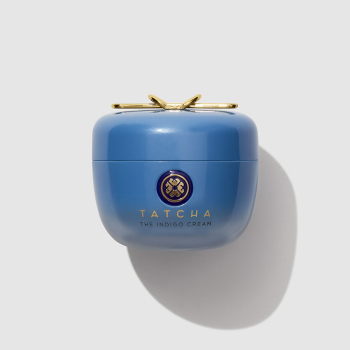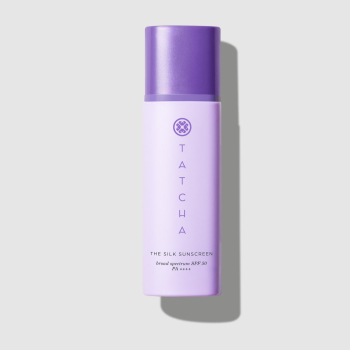What are essential oils? Is fragrance bad for our skin? And what is the best fragrance-free skincare? When it comes to scents, a little skin-sensibility goes a long way.
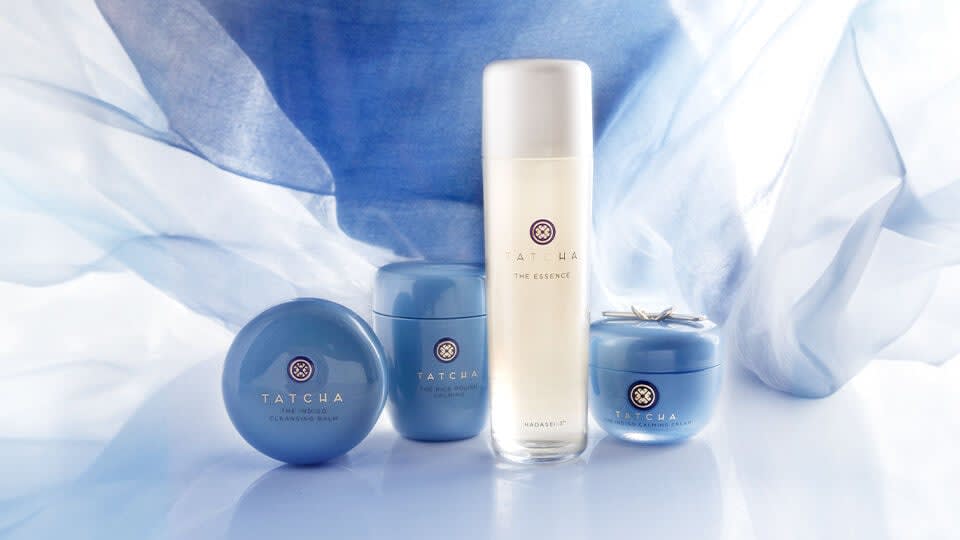
Fragrance is easily one of the beauty industry’s greatest pleasures—but is also a topic of some debate. On one hand, you have perfumes that artfully assemble different notes into symphonies of scent that evoke far flung beaches or time periods in the distant past; you have shampoos and conditioners practically bursting with the aroma of fresh fruit.
Skincare and makeup products are also commonly made with added fragrance—and the sensory experience they offer are often a reason why a customer will choose one product over another—but their use in these formulas can spell trouble for some, especially those with sensitive skin. At one point in recent history, the American Academy of Dermatology declared fragrance allergy to be the leading cause of contact dermatitis in the US from product exposure. Overall, fragrance ranks in the top 5 causes of contact dermatitis, a list that includes known skin irritants like poison ivy.
That doesn’t mean your skin will automatically go red and bumpy if you apply a fragranced product to it—many people use fragranced products multiple times daily without incident. But if your skin is reactive, and you find yourself often battling breakouts, a little caution and ingredient know-how can help you make the best choices for your skin when it comes to fragrance.
Know Your Fragrances
There are a few different types of fragrance that you are likely to encounter in product formulations. They all perform the same function—imparting a bit of scent to a moisturizer, or foundation, or blush—but they are far from the same. They can largely be defined in three categories: Essential oils, natural fragrance, and synthetic fragrance.
Essential oils. You’re likely familiar with essential oils, “complex mixtures of terpenes and other aromatic or aliphatic compounds” that are created by aromatic plants as by-products of other metabolic processes, according to a 2021 report defining their use in cosmetics. And there are about 300 essential oils, derived from 3000 plant species, on the current fragrance market. Essential oils are the most concentrated forms of natural fragrance.
Natural fragrances. Natural fragrance is derived from plants, and may include essential oils, but probably include a bunch of other things, too. The International Fragrance Association has strict guidelines for fragrances that are marketed as natural. They have to be composed of ingredients recognized by the IFA’s own standardization, and these ingredients must be “physically obtained from plants using distillation, expression and extraction.” A natural fragrance might include a little essential oil along with isolates and resins from other natural sources, but rest assured that it’s all plant-derived.
Synthetic fragrances. Synthetic fragrances might have both the simplest and most complex definition of all three categories. A synthetic fragrance utilizes one or more ingredients made in a lab. It could be composed mostly of plant derivatives, but if at least one synthetic compound or ingredient is present, it’s a synthetic fragrance. These fragrances are popular for their customizability as well as for their ease of manufacturing and wide availability.
Fragrance-Free, Not Unscented
The terms “fragrance-free” and “unscented” seem like they’d mean the same thing. But each term is related to a specific formulation—and one that doesn’t always indicate a lack of added perfume.
Fragrance-free products do not include fragrance of any kind. Because some consumers cannot or prefer not to use fragrance, fragrance-free formulas offer an alternative.
By contrast, unscented products do not have a discernible scent, but may use fragrance ingredients to mask an existing scent. These kinds of formulations can be indistinguishable from fragrance-free products at first sniff, but their ingredient lists tell different stories.
It’s important to label the difference, so the Environmental Protection Agency offers certification for products that are fragrance-free. If you’re someone who has reactive, sensitive skin, it could be a good idea to seek out fragrance-free formulas that are less prone to irritate skin.
Is Fragrance Really That Bad?
It’s worth saying over and over again: Fragrance is not bad for you. Just because fragrance can cause contact dermatitis doesn’t mean you should avoid it completely in every area of your life. But it’s important to be cautious when you see fragrance on a skincare ingredient label. Unlike other ingredients, the Food and Drug Administration allows for companies to simply list “Fragrance” or “Parfum” instead of enumerating the specific ingredient contents of their fragrances. This is ostensibly to protect companies from having to spill their precious perfume recipes, which are regarded as trade secrets. But it can make it difficult to know what exactly is in that product you’re using.
If you have sensitive skin, it’s wise to be wary of the products you choose, and double check with your dermatologist if you’re unsure. If a favorite product has an opaque “Fragrance” on its ingredient label, it might be worth your time to send a note to their customer service and see if they’ll disclose the ingredients, or even part of them, so you can shop smarter.
The Best Fragrance-Free Skincare Products
As fragrance-free skincare has gained in popularity, there are many options on the market for products without added fragrance.
A wonder wash. What could be better than a two-in-one cleanser and exfoliator that is made from superplants and is supremely gentle on skin? One that does all of that, with no added fragrance. Such is Tatcha’s The Rice Polish, a best-seller with a cult following. It resurfaces skin with rice bran and papaya enzymes while also shoring up the skin’s natural barrier with moisture and radiance. If skin tends toward dryness or sensitivity, a balm like the Indigo Cleansing Balm can melt away makeup and cleanse the skin beneath in a single step.
An excellent essence. Essences can be hugely beneficial for skin. They’re applied after cleansing, but before moisturizing, with the aim of hydrating skin. Tatcha’s Essence is made without fragrance, sulfate detergents, and other common irritants; instead, it features Hadasei-3, Tatcha’s proprietary blend of Japanese botanicals that work in tandem to moisturize skin against water loss. Skin is primed, plumped, petal-soft, and ready for the next step in your routine.
A dream cream. Even the most sensitive skinned among us will love the Indigo Calming Cream, a richly textured cream shown to soothe skin. It’s made with anti-inflammatory colloidal oatmeal as well as Japanese indigo extract with tryptanthrin and indirubin, plant compounds proven to demonstrate skin-calming properties. And, of course: It’s totally fragrance-free.
A super sunscreen. The Silk Sunscreen is beloved for many reasons—it’s a powerful SPF 50 that feels weightless on skin, and it also primes skin beautifully for makeup—but chief among them might be its total lack of fragrance, which makes it a great alternative to other Japanese sunscreens, many of which contain a hint of scent. It’s not always easy to sleuth out which products contain fragrance and which don’t, especially when “unscented” formulas are thrown into the mix. But if you do your homework, it’ll pay off, with reliably healthy-looking skin.


